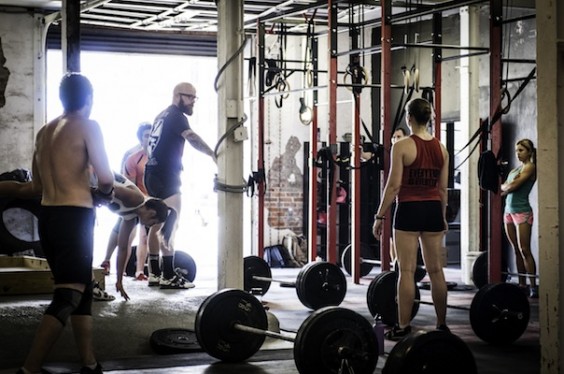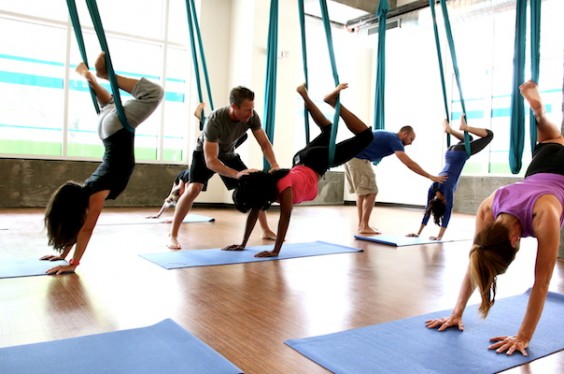Past research has linked passive smoking to an increased risk of obesity, diabetes and even hearing loss. Now, a new study suggests that exposure to secondhand smoke may increase a woman's risk of miscarriage, stillbirth and ectopic pregnancy.
The study findings were recently published online in the journal Tobacco Control - a journal of the BMJ.
In their background information of the study, the researchers note that smoking during pregnancy can increase the risk of miscarriage and birth complications. But they point out that it is unclear as to whether passive smoking can have a similar impact.
To find out, the investigators analyzed data from 80,762 women who were a part of the Women's Health Initiative Observation Study.
All women had been pregnant at least once and had gone through menopause.
Of these women, 5,082 (6.3%) were current smokers, 34,830 were former smokers (smoked more than 100 cigarettes in their lifetime) and 40,850 were never-smokers (had not smoked more than 100 cigarettes in their lifetime).
The women who were never-smokers were split into groups dependent on the levels of secondhand smoke they were exposed to as a child, as an adult at home and as an adult at work.
The longer the exposure to secondhand smoke, the greater the risk
Of all the women in the study, 26,307 (32.6%) reported having a miscarriage at least once, while 3,552 (4.4%) had a stillbirth and 2,033 (2.5%) experienced a tubal ectopic pregnancy.
Women who had ever smoked during their reproductive years were 44% more likely to have a stillborn child, 43% more likely to have an ectopic pregnancy and 16% more likely to miscarry, compared with never-smokers.
However, the researchers found that never-smokers who had been exposed to secondhand smoke also had a significantly higher risk of stillbirth, miscarriage and ectopic pregnancy, compared with never-smokers who had not been exposed to secondhand smoke.
Furthermore, the investigators found that the longer these never-smokers had been exposed to secondhand smoke, the greater their risk.
Women with the highest exposure levels to secondhand smoke included those with more than 10 years exposure as a child, more than 10 years exposure as an adult at home, or more than 10 years exposure as an adult in the workplace.
These women were 61% more likely to have an ectopic pregnancy, 55% more likely to have a stillbirth and 17% more likely to miscarry, compared with never-smokers who had low exposure to secondhand smoke.





